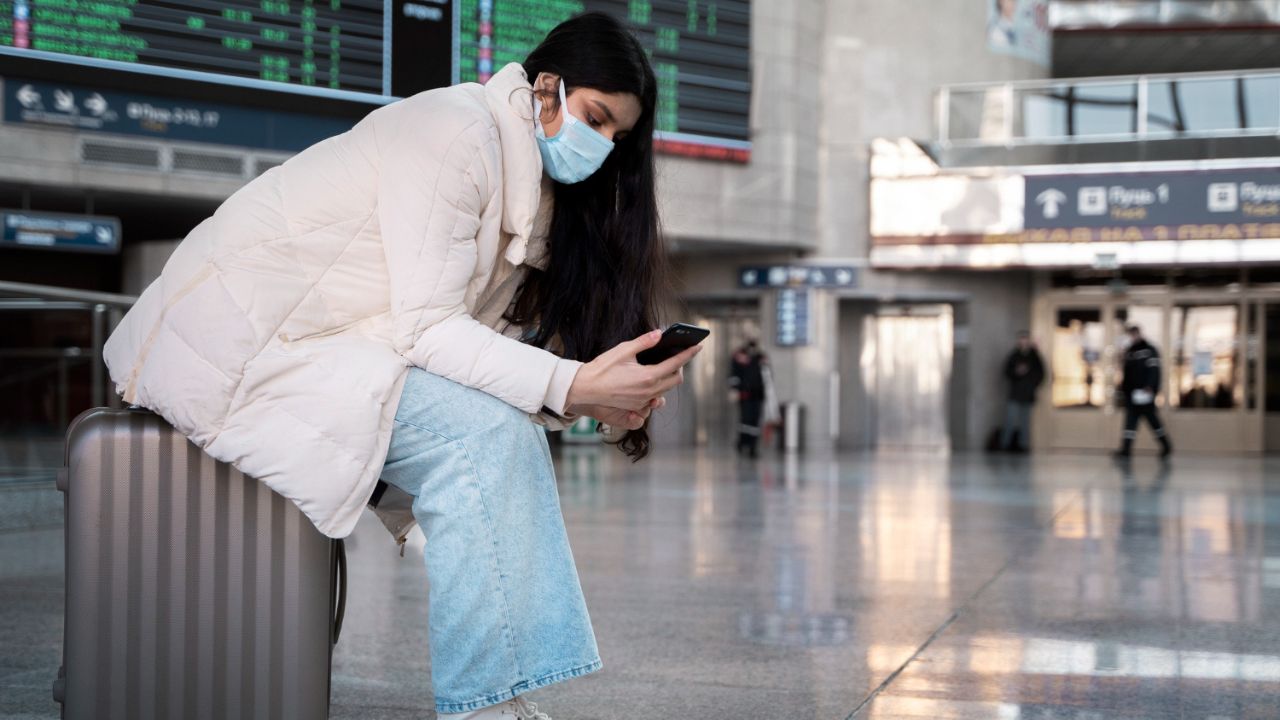A federal shutdown that began on October 1, 2025 has rippled through airports nationwide. Essential FAA and TSA staff are still working without pay, but controller shortages and sick leave are slowing the system. By Monday more than 6,000 flights were delayed, and Tuesday brought thousands more. Major hubs like Chicago, Dallas, Newark, and Nashville reported holds or extended waits. Here is what the data shows, which airports were hit hardest, and what travelers can do right now.
1. Shutdown Timeline and Scope
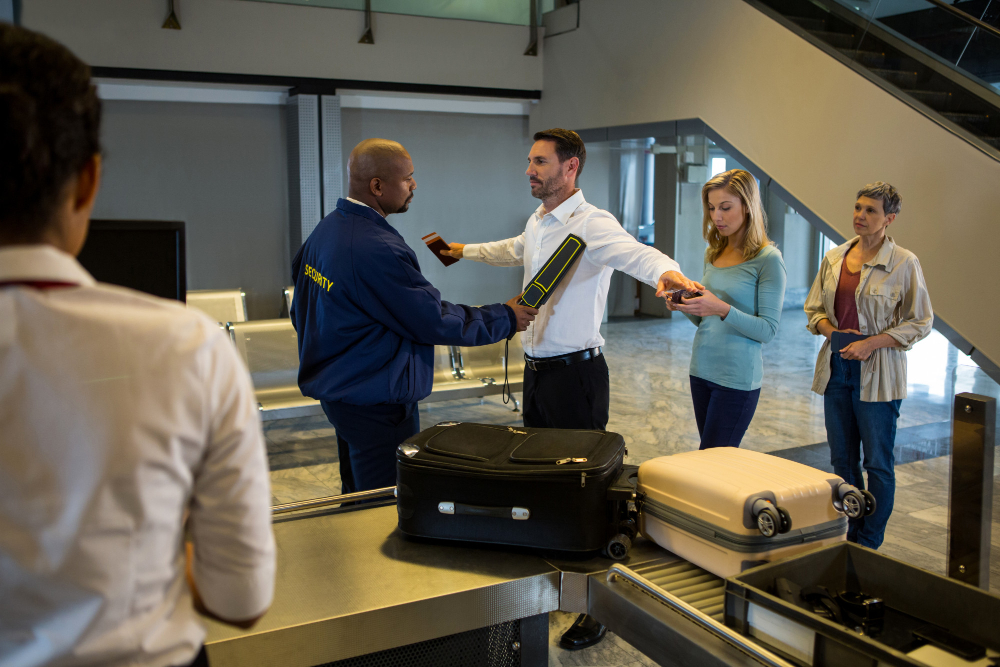
The shutdown reached day 7 on October 7, 2025, after funding lapsed on October 1. The FAA confirmed controller staffing shortfalls and curtailed operations at several facilities. About 13,000 air traffic controllers and roughly 50,000 TSA officers are working without pay. Reports noted rising sick leave and trimmed staffing in some regions. With fewer certified controllers on position, traffic flow programs and ground delays spread across multiple hubs, slowing both departures and arrivals.
2. Worst Hit Airports and Delays
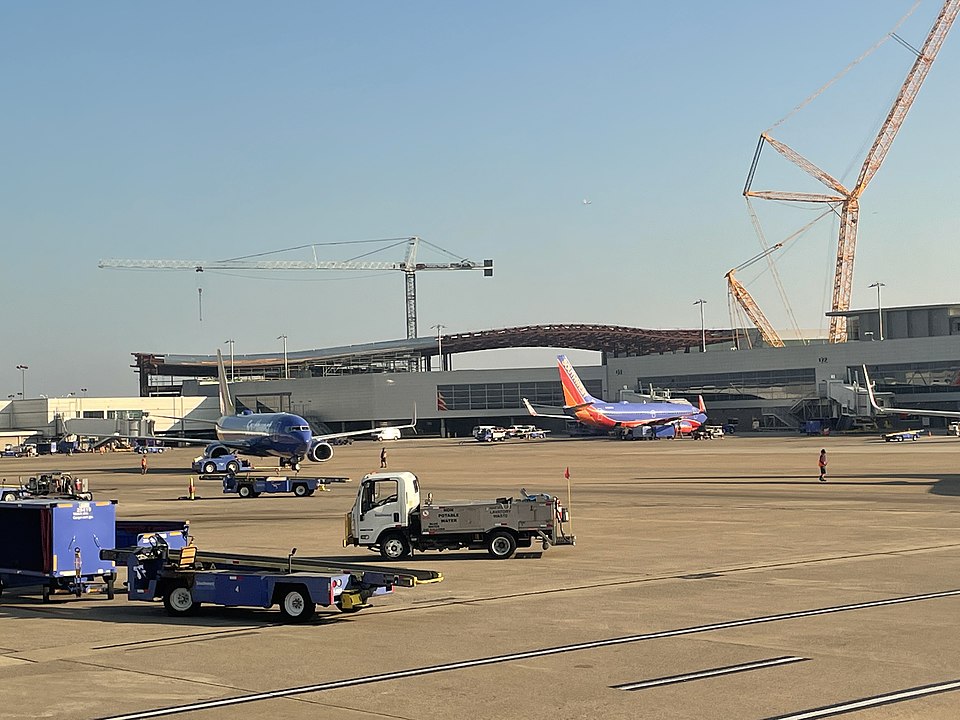
Airports reporting the heaviest disruption included Nashville, Chicago O’Hare, Dallas Fort Worth, Newark, and Boston. Nashville logged average arrival waits over two hours Tuesday evening, and the FAA issued ground delays that rippled across the Southeast. Chicago O’Hare posted average waits near 41 minutes, while Newark and Denver saw staffing slowdowns Monday. Boston logged periodic traffic holds as demand outpaced available controller staffing at times. At points, Memphis Center assumed portions of Nashville approach control to keep inbound flow safe and steady.
3. How Many Flights Were Delayed
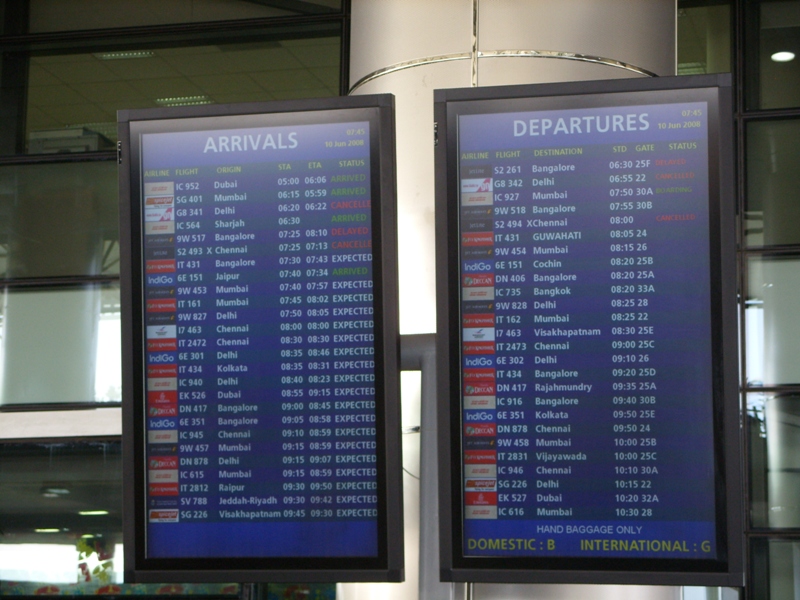
Monday saw more than 6,000 U.S. flights delayed as staffing shortages forced temporary closures and flow restrictions. By Tuesday afternoon, thousands more delays appeared, though analytics firm Cirium estimated about 92 percent of roughly 23,600 scheduled departures still left on time. The FAA reported impacts at centers in Atlanta, Houston, and the Dallas Fort Worth area, with takeoffs slowed into Nashville, Boston, and Dallas to align with available coverage. Major hubs like Chicago and Newark remained under metering as peak traffic exceeded staffing.
4. Essential Workforce Under Strain
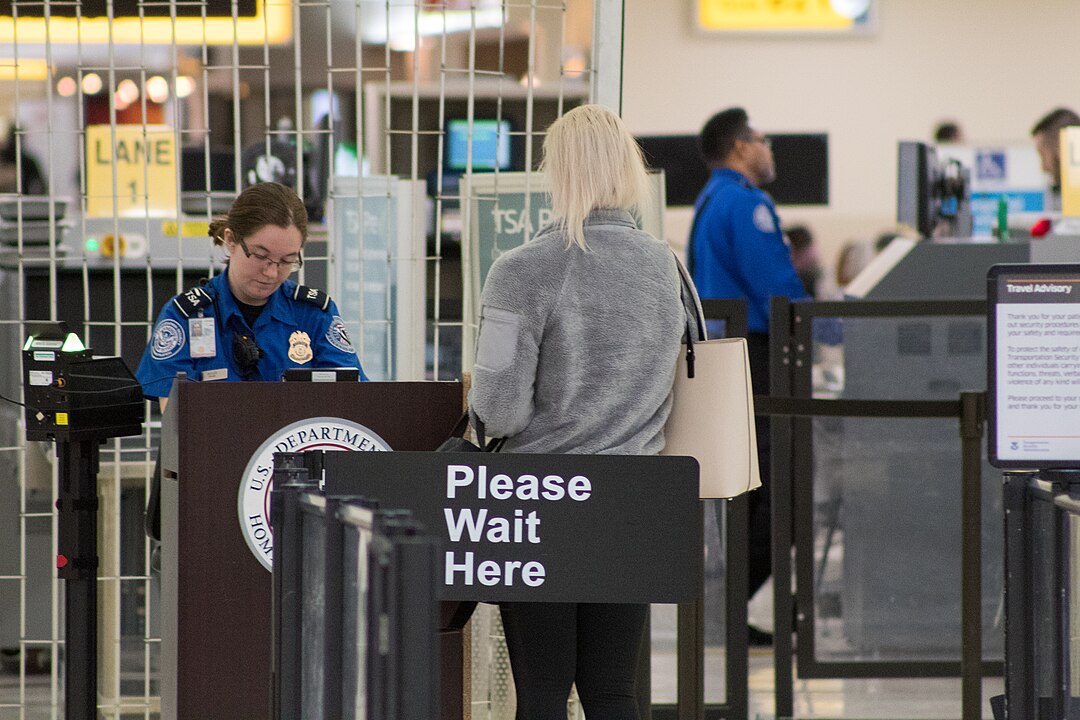
Essential workers have kept flying possible, but strain is visible. Roughly 13,000 FAA controllers and about 50,000 TSA officers are reporting without pay during the lapse. Unions warn sick calls are rising and facilities were already short by an estimated 3,500 controllers before the shutdown. When a single position goes unfilled, sectors must be combined, cutting capacity and adding delay minutes. Many airports now advise arriving early while the shutdown continues. Two to three hours is a safer buffer for large hubs until staffing and funding stabilize again.
5. How the FAA Manages Flow
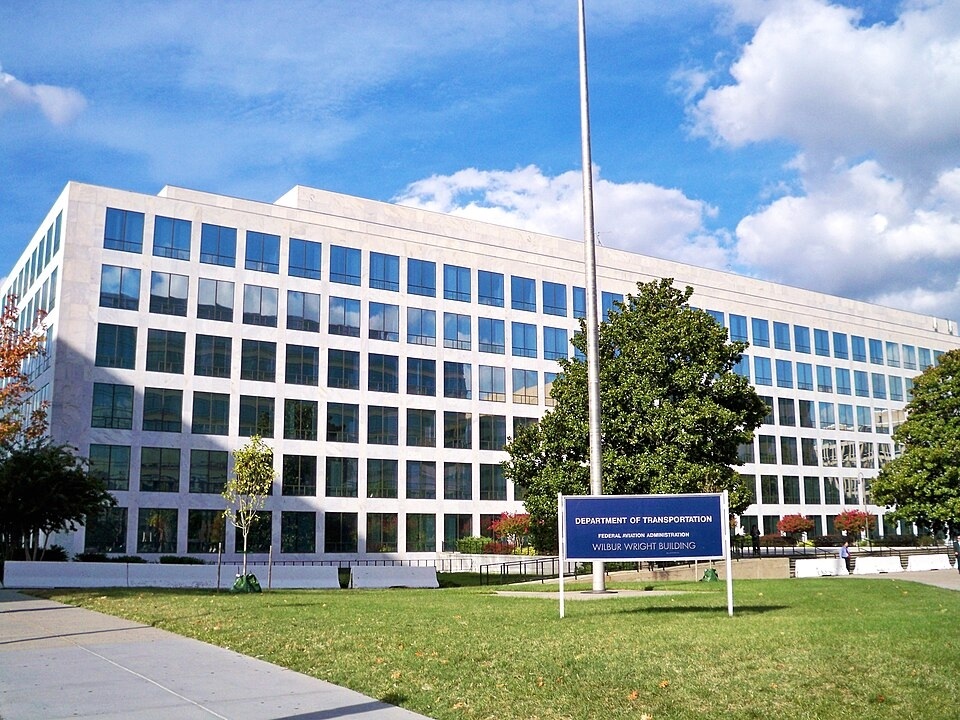
To manage limited staffing, the FAA used ground delay programs and miles in trail spacing at several facilities. On Tuesday evening, Nashville faced a two hour arrival backlog as Memphis Center temporarily took more control duties to balance traffic. Chicago, Dallas, Newark, and Boston saw inbound rates reduced to match available positions. These tools keep flights safe but also lengthen taxi times and hold aircraft until a slot opens in the flow at hubs. Weather fronts then amplify delay minutes and push missed connections into the next departure bank.
6. Airlines Feel the Ripple Effect
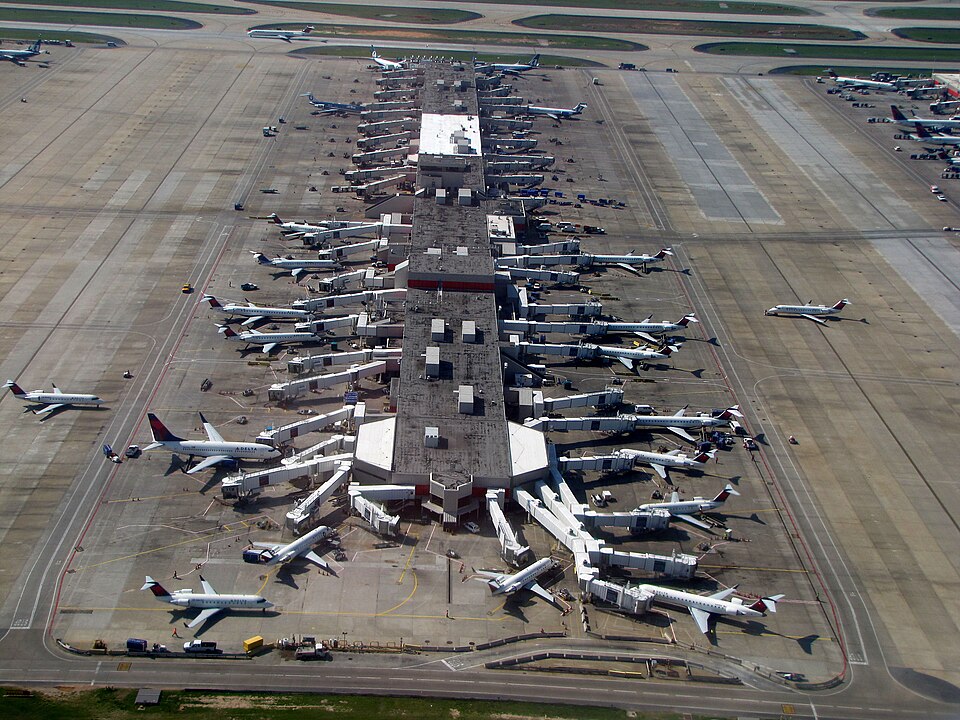
Carriers reported hundreds of delayed flights each, with large networks feeling the most pain. Southwest and American each logged significant counts as staffing shortages rippled through busy hubs. Airlines can adjust schedules and swap aircraft, but controller staffing limits still cap how many flights can depart or arrive per hour. That ceiling creates queues even when planes and crews are ready, causing late connections at tightly regulated airports during peak evening banks. Many carriers urged customers to use mobile apps for rebooking and live gate updates.
7. What 2019 Taught Us
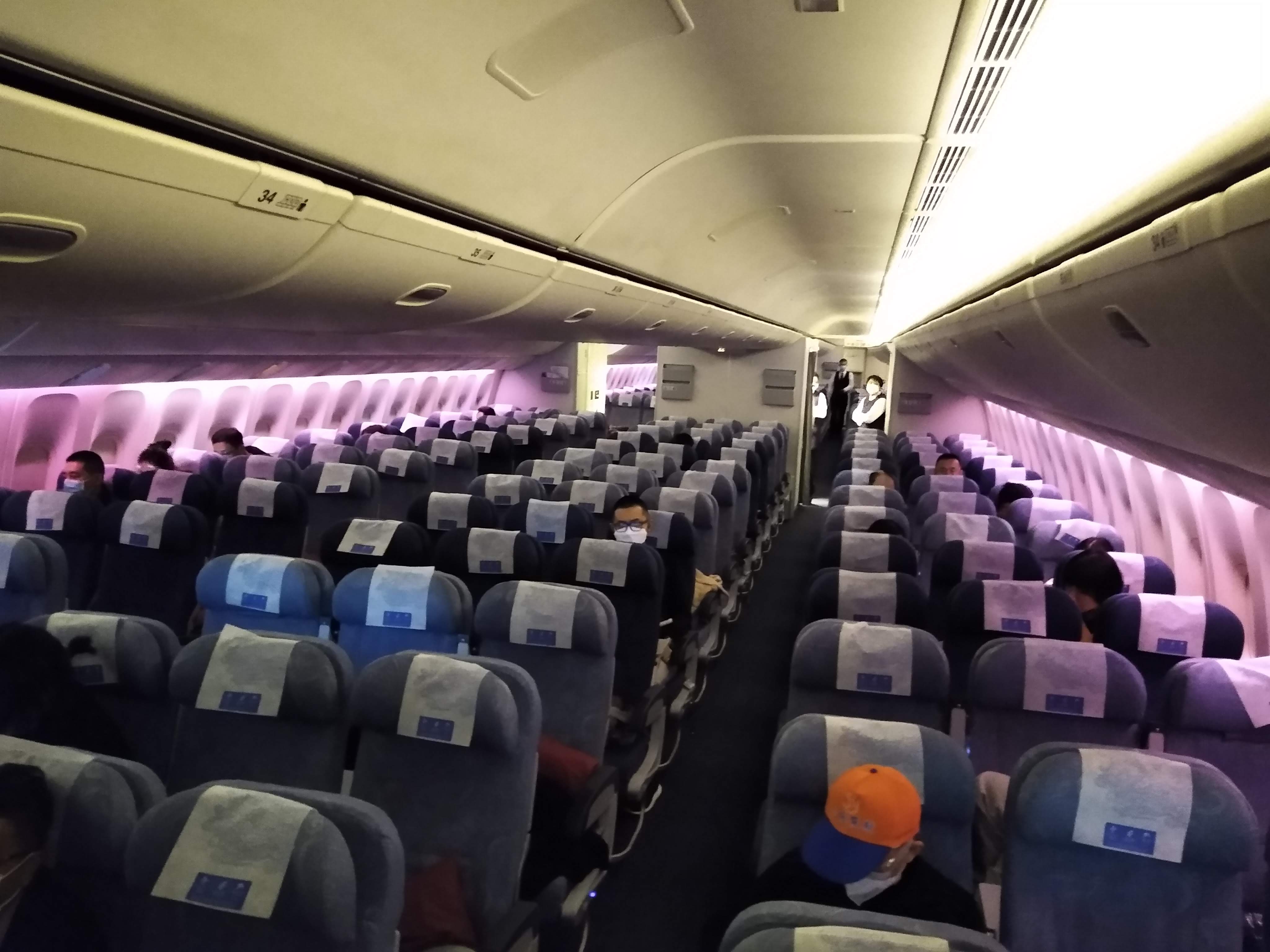
A similar pattern appeared during the 2019 shutdown, when mounting controller absences triggered ground stops at LaGuardia and delays at Newark and Atlanta. Current delays echo that playbook, though the scale varies by day and weather. The lesson is simple: even small staffing gaps at critical facilities create nationwide ripple effects. Single center constraints, like at Atlanta or Houston, can slow flights hundreds of miles away within the same afternoon. That history explains why lawmakers face pressure to restore funding fast whenever the aviation system shows visible strain at major hubs.
8. What Travelers Can Do Now

Practical tips help. Arrive early, bring snacks, and keep meds in your carry on. Download your airline’s app for rebooking and alerts. If your flight is canceled and you choose not to travel, you are entitled to a refund under Department of Transportation rules. For delays, policies vary by airline, but many offer meal vouchers during long waits. Safety note: never rush secure areas. Follow crew and TSA instructions, and watch for updated gate boards frequently. Aim for two to three hours at big hubs. Carry a power bank and charging cable so your phone and boarding pass stay available.
9. Outlook if the Shutdown Continues

Analysts warned delays could grow if the standoff lasts past the next federal pay dates on October 14 and October 28. Morale falls when pay is uncertain, which can raise sick leave and tighten schedules further. Weather fronts expected this week may add compounding holds. The takeaway for travelers is clear: keep plans flexible, choose earlier flights when possible, and build buffer time into connections until funding is restored and staffing stabilizes across facilities. Rebooking to nonstop routes and morning departures can reduce risk, since the longest queues often form late in the day.
